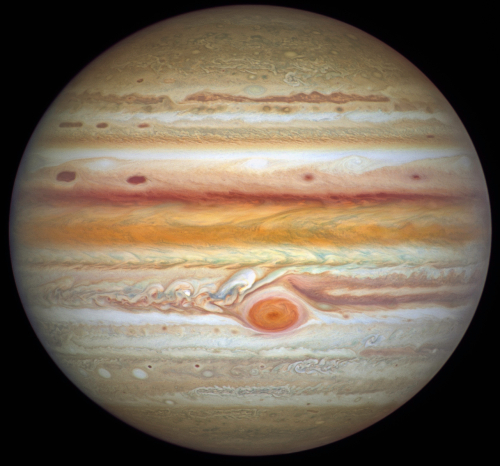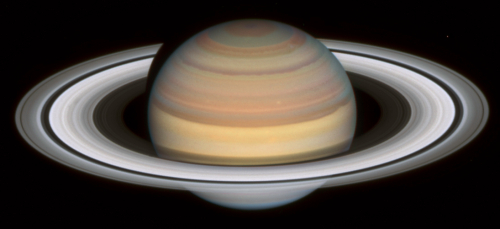Senator Majority leader Charles Schumer (D-New York) and Senator Jack Reed (D-Rhode Island) have inserted a $10 billion subsidy to Jeff Bezos’ Blue Origin space company in a $250 billion budget bill they are pushing that they claim will address things like the semiconductor chip shortage and the supply chain issues.
The bill, called the U.S. Innovation and Competition Act of 2021, or USICA (pdf available here), is of course mostly filled with payoffs to the friends of Democrats, and will likely achieve nothing that is promised. It is also like all the budget bills being pushed by the Democratic Party in that it treats money as if it grows on trees. They can spend as much as they want, with no consequences at all.
Worse, Schumer and his cronies are trying to hide this pork bill by making it part of the annual military budget bill, dubbed NDAA.
To prove that this is nothing more than corrupt payoffs we need only look at the $10 billion subsidy to Blue Origin. This is a company being directly financed, in the billions, by Bezos himself. It has no shortage of cash. It not only doesn’t need government subsidies, it has never even looked for private investment capital. Bezos has provided it billions from his own pocket, far more cash than SpaceX has ever had on hand.
Yet Bezos is lobbying Democrats for this subsidy, aimed at financing his failed manned lunar lander project that NASA simply doesn’t have the cash to build and also doesn’t want to build because it was a generally weak proposal. From the bill:
This section would require the NASA Administrator to maintain competitiveness within the human landing system by funding design, development, testing, and evaluation for at least two entities. It would also authorize, in addition to amounts otherwise appropriated for the Artemis program, for fiscal years 2021 through 2026, $10.032 billion to NASA to carry out the human landing system program.
In other words, force NASA to award that second manned lunar lander, with Blue Origin almost certainly the winner.
Whether Schumer’s games here will pay off for Bezos remains unknown. I expect most senate Republicans will oppose it (other than the typical RINO fools like Romney). Already Democrats like Bernie Sanders have expressed opposition, as well as at least one children’s lobbying group that appears more aligned with the left than the right.
And even if it passes in the Senate, the House will have to approve, and we can expect ample opposition there from both parties.





